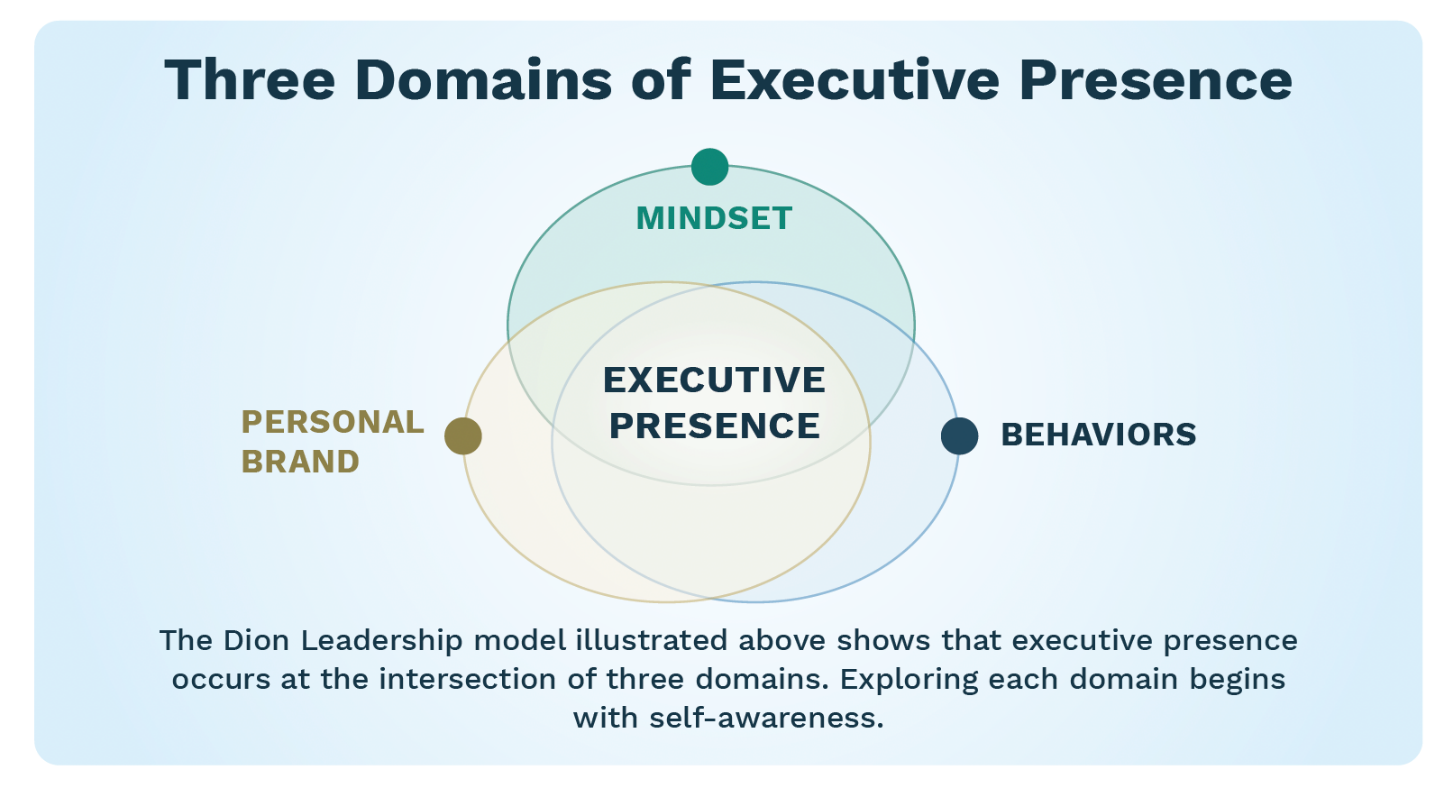I have witnessed the struggle throughout my career.
For years, HR professionals have fought to be seen not just as administrators or policy enforcers, but as true strategic partners within their organizations.
Their familiar frustration? Despite managing the most complex and dynamic part of the business—its people—HR is too often sidelined when key decisions are made. Strategic conversations unfold in boardrooms and executive suites, while the HR voice is brought in after the fact, expected to “roll it out” or “get people on board.”
Why? One of the core reasons is perception. “People issues” are frequently dismissed as soft, emotional, or less critical compared to data, operations, or finance. Never mind that talent strategy, culture, and leadership effectiveness are some of the most potent drivers of performance and profit. There’s still a lingering disconnect between what HR professionals do and how they’re seen.
Executive presence isn’t dressing the part or delivering perfectly polished presentations. It’s the ability to show up with confidence, clarity, and credibility—especially in high-stakes settings. It’s how HR professionals signal that they belong in the room where decisions are made, and more importantly, that their insights are vital to the organization’s future.
When HR leaders consistently demonstrate executive presence, they not only elevate their own influence—they shift the entire conversation about the value of HR. They command attention not by demanding it, but by showing up as strategic thinkers who understand the business and can drive it forward through people.
Over the last several months, I presented a three-part series entitled “Cultivating Executive Presence: How to Elevate Your Leadership Presence” for HRCI’s “Alchemizing HR” webinar series. During these sessions, I described the model illustrated below.

Let’s dig into this model and explore some questions to help you begin evaluating and developing your personal executive presence.
How and what you think about yourself and your abilities is at the foundation of executive presence. Your mindset directly impacts your behavior and therefore how others perceive you as a leader. As author Amy Cuddy observes, “We convince by our presence, and to convince others we need to convince ourselves.”
What story do you tell yourself about who you are as a leader? Is that story serving you well or holding you back?
As noted above, behavior follows mindset. What you do and say—and how you do it and say it—shapes how others experience you as a leader. The more positive and consistent their experience is with you, the more impactful you will be.
How does what you do and say reflect who you want to be as a leader? What is the impact of these behaviors on others? Are these behaviors serving you well or holding you back?
What others see, what they think, and how they feel in your presence are the basis for your reputation. When you have a clear idea of what you want your reputation to be, you can take the steps to shape it.
Who do you want to be as a leader? How do you want others to perceive you? Is the way you present yourself serving you well? How so? How is it holding you back?
For HR professionals striving to be recognized as strategic leaders, executive presence isn’t a “nice to have”—it’s a business imperative. By developing the key elements of executive presence, you can start to shape how others perceive your leadership and the role of HR overall.
Not every aspect of executive presence will matter equally in every context. The most effective HR leaders identify the behaviors and skills most critical to their organization’s culture, priorities, and goals—and they focus their growth there. Seeking feedback from trusted colleagues, senior leaders, and even the teams you support can provide valuable insight into where your presence has impact and where there’s opportunity for more influence.
The most important takeaway I’d like to leave you with? Executive presence isn’t something you either have or don’t have. It’s something you can build—with intention. When you choose to actively manage how you show up in the room, you take back control. You shift perceptions. You move the conversation from “HR is here to help” to “HR is here to lead.”
And when that happens, your seat at the table is no longer up for debate—it’s expected.
Want to go deeper? Download the free Cultivating Executive Presence e-book, and discover the behaviors that make the biggest difference. And if you missed my webinars and would like to catch up, you can find the recording on HRCI’s Webinar Hub.
Joe LaDuke is Vice President of Coaching and Consulting Services at Dion Leadership. He partners with organizations to craft solutions to their leadership and organizational development needs.